Please take a look at Material IO's device metrics:
Pay attention to Google Pixel and HTC One M9.
These 2 devices have the same physical size, same number of pixels, but claimed to have different pixel densities.
This contradicts with my understanding of pixel density.
Which of the following is true?
- My understanding of pixel density is wrong. All information on the page is correct;
- The information on the page is wrong;
- On HTC One M9, although the screen size is 5.0, a small part of it is not used to display (i.e. Actual display size is smaller than Google Pixel)
- Something that I can't imagine
